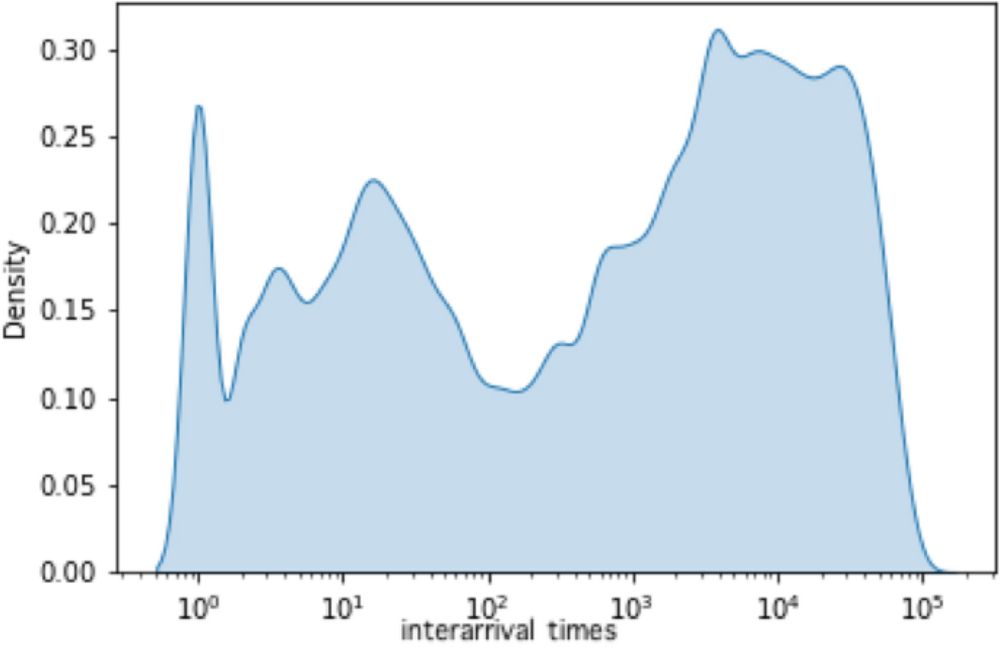Professor at The George Washington University in Engineering Management and Systems Engineering.

We ran an ecosystem-level analysis to find out. Spoiler: It not only failed, it was often counterproductive. 😬

Thanks to @knightfoundation.org for financial support!
Our full paper is here: www.nature.com/articles/s41...

The fundamental design of the platform—its rules, its affordances, its very blueprint—allowed these decentralized communities to form and thrive. The system itself was perfectly built to resist the very kind of top-down control that was attempted.

If you only look at the immediate neighborhood of banned accounts, it seems like a success. But when we zoomed out, we saw the problem was just growing and shifting across the wider network.

Instead of silencing them, the bans became a threat that reinforced their identity and made them more resilient.
Reposted by David A. Broniatowski


And grateful to the Knight Foundation for supporting work on transparent methods for information integrity.
Full paper: doi.org/10.1038/s415...

The method helped us identify both overt and covert networks. Some shared links every few seconds. Others did it slowly but repeatedly, evading the usual red flags.

No guesswork. No black box.
We applied this to over 11 million Facebook posts from 16K high-engagement pages.

We do better.
Our method looks at two things:
1️⃣ How fast two pages share the same link
2️⃣ How often they do it over time

Coordinated sharing—whether by media groups, advocacy networks, or covert actors—can shape what people see online.

📄 “Coordinated Link Sharing on Facebook”
doi.org/10.1038/s415...
We introduce a statistically grounded, human-interpretable method to detect coordination on social media.
Reposted by David A. Broniatowski

Reposted by David A. Broniatowski

He explains why these funds are essential and a critical investment for research in the United States.
www.linkedin.com/posts/david-...

Ever wondered if AI chatbots actually follow public health guidelines when giving smoking cessation advice? 🤖🚭
Our latest study in J Med Internet Res evaluates ChatGPT-based chatbots on this! 🧵👇
📜 Paper: www.jmir.org/2025/1/e66896
@lorien.bsky.social , in collaboration with
Artin Yousefi, Christina Wysota, and Tien-Chin Wu -- was supported by a TRAILS seed grant.
Better AI can help people make more informed, healthier decisions! 🚭🤖

🔹 Chatbots can be helpful, but they need better training.
🔹 WHO’s Sarah outperformed the others.
🔹 AI can easily be prompted to give weird advice. 😵💫

Even with tricky prompts, they stayed on topic & avoided harmful advice.


